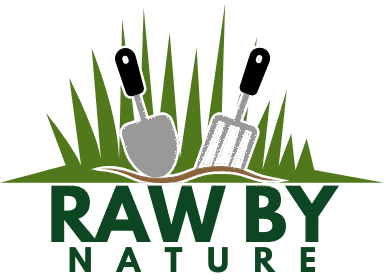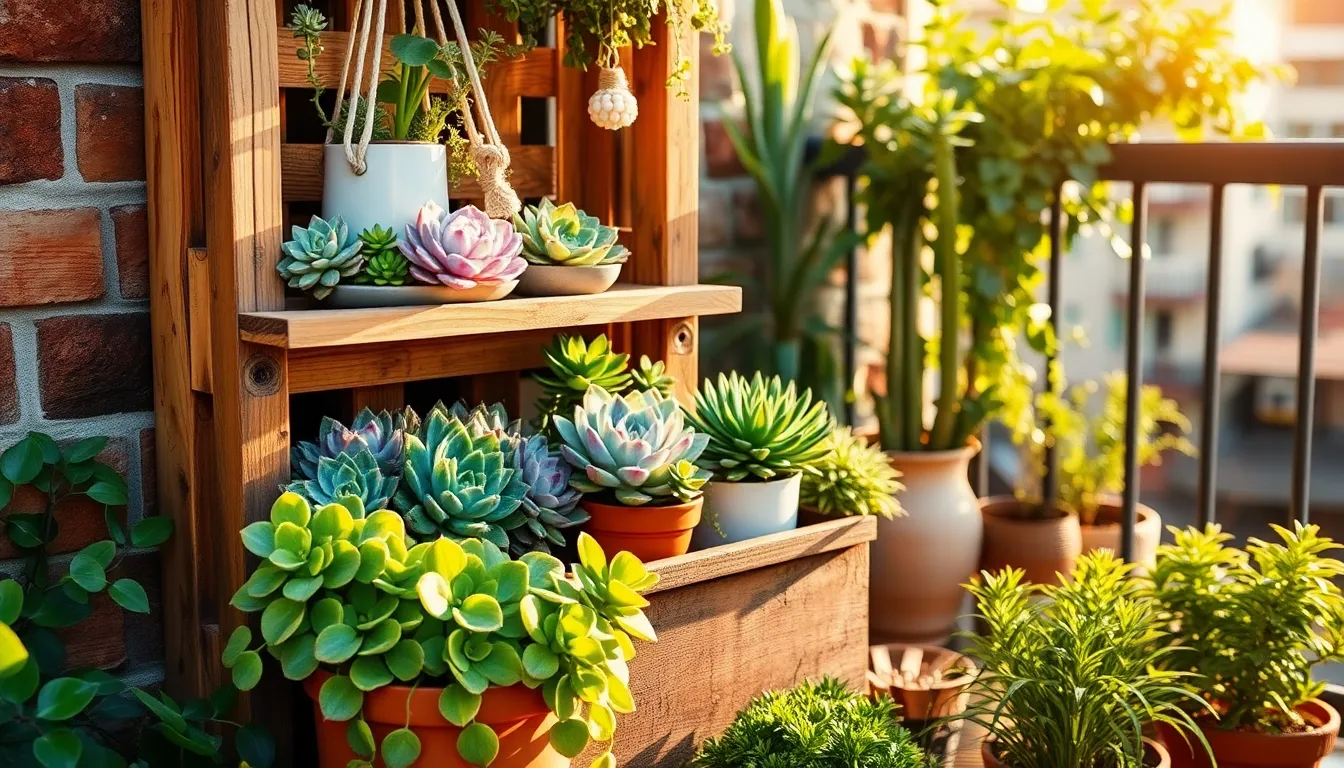Living in a small apartment doesn’t mean you have to forgo the joys of gardening; in fact, it’s an invitation to explore the enchanting world of succulents. These resilient and visually striking plants are perfect for compact spaces, offering a burst of greenery without overwhelming your living area. Whether you’re a seasoned gardener looking to diversify your indoor collection or a novice eager to dip your toes into the world of plants, succulents provide an accessible entry point with their low-maintenance charm and adaptability.
Succulents are not just visually captivating; they are well-suited to thrive in the cozy corners of your apartment where other plants might struggle. Their ability to store water makes them practically tailor-made for those who may forget the occasional watering, making them ideal companions for busy urban dwellers. In this article, you’ll discover how to select the right succulents for your space, learn about their unique care requirements, and get creative ideas for stylish displays that elevate your home décor.
By the end of your reading journey, you’ll feel equipped and inspired to cultivate a personal oasis in your apartment, no matter the size. We’ll guide you through the essentials of light, soil, and watering, ensuring your succulents not only survive but thrive. Let’s embark on this green adventure together, where the joy of gardening meets the art of living well in small spaces.
Choosing Compact Succulent Varieties
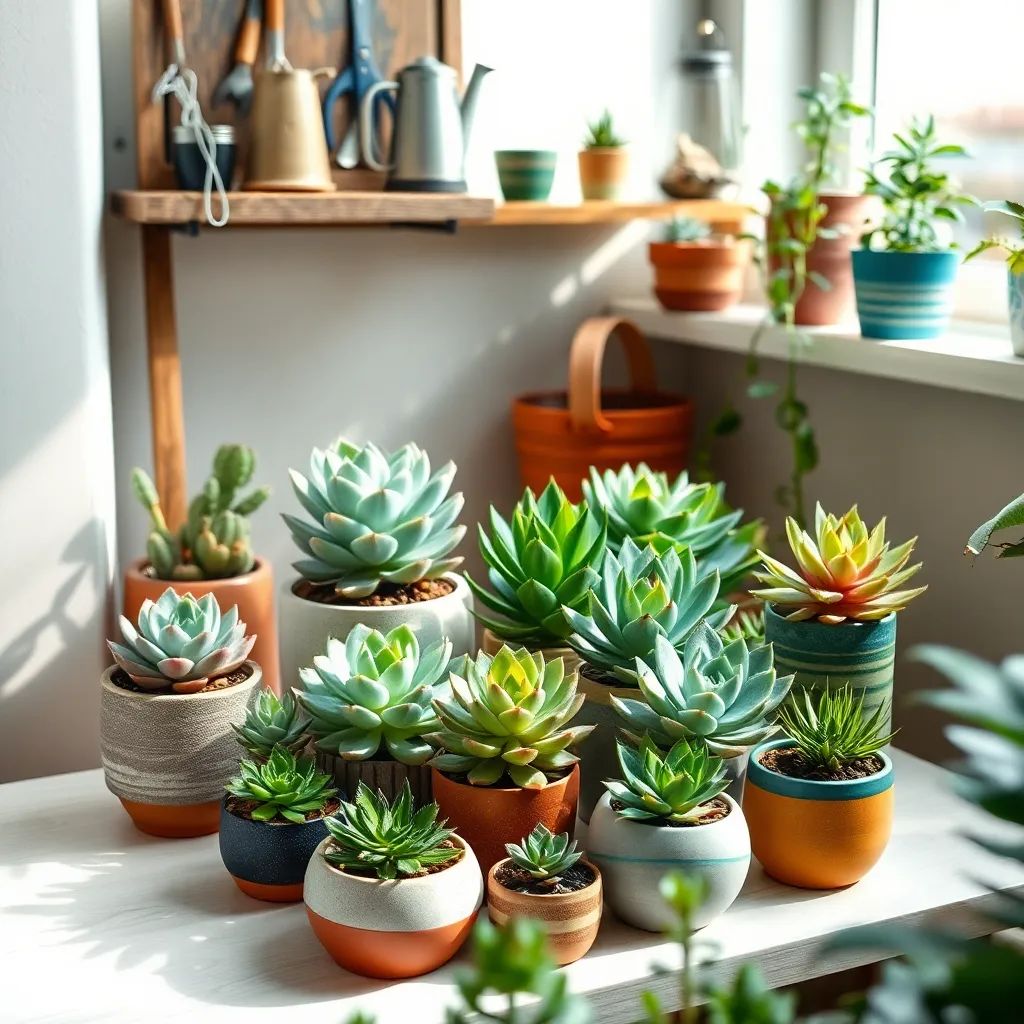
Succulents are ideal for small apartments due to their compact size and minimal care requirements. Consider varieties like Haworthia and Echeveria, which are not only visually appealing but also thrive in confined spaces.
When selecting compact succulents, choose those with slower growth rates to maintain their small stature over time. For optimal growth, use a potting mix specifically designed for succulents and cacti, which ensures adequate drainage and prevents root rot.
Pay attention to lighting needs, as many compact succulents like bright, indirect light to maintain their vibrant colors. Place them on a windowsill that receives filtered sunlight, or supplement with a grow light if natural light is insufficient.
Watering is crucial for succulents, and overwatering is a common mistake. Allow the soil to dry out completely between waterings, typically every two to three weeks, depending on your apartment’s humidity levels.
Optimal Light Conditions Indoors
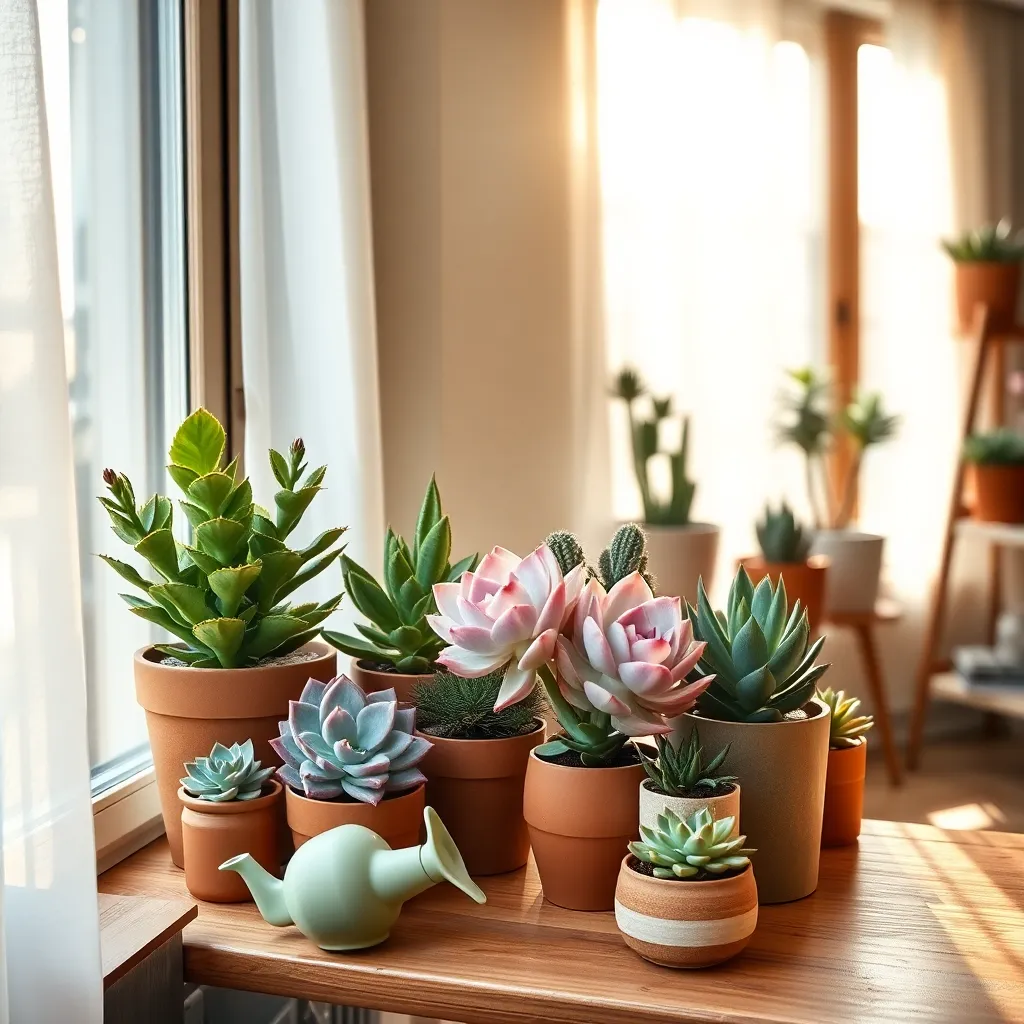
Succulents thrive with the right balance of light, making it crucial to position them near a bright window. An east or south-facing window is ideal as it provides ample indirect sunlight throughout the day, which is perfect for most succulents.
For apartments lacking natural light, consider using grow lights to supplement their needs. LED grow lights are energy-efficient and can be placed about 6-12 inches above the plants to mimic sunlight effectively.
Monitor your succulents for signs of too much or too little light, as both can be detrimental. If leaves become bleached or sunburned, it’s a signal they’re getting too much direct sunlight, while stretched or pale leaves indicate insufficient light.
Advanced gardeners can experiment with different light conditions to encourage unique growth patterns. Rotating your pots every few weeks ensures even exposure, promoting balanced growth and preventing leaning.
Space-Saving Potting Solutions
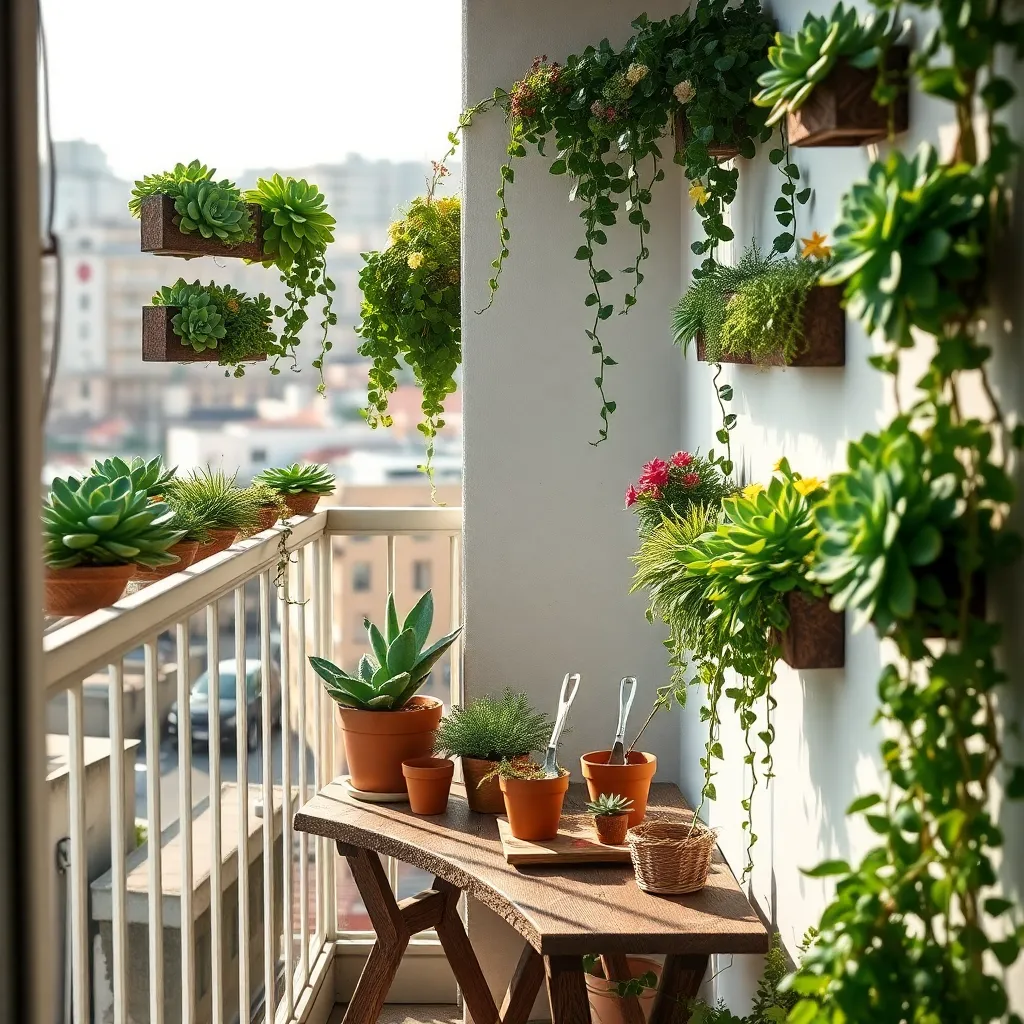
In small apartments, utilizing vertical space can be a game-changer for succulent enthusiasts. Consider installing a vertical planter on a wall that receives ample light, allowing your succulents to thrive in a sunny spot without taking up floor space.
Hanging pots are another excellent solution to maximize limited space. Use sturdy hooks or macramé hangers to suspend pots from the ceiling, ensuring they receive the necessary indirect sunlight that many succulents prefer.
For those with limited natural light, consider using tiered shelves near a window to create a lush, layered look. This not only saves space but also allows you to arrange your succulents by their light and watering needs, with those requiring more sunlight placed on higher shelves.
To further save space, opt for shallow pots that can host multiple succulents in one container. Ensure these pots have adequate drainage holes and use a well-draining soil mix, such as a blend of cactus mix and perlite, to prevent overwatering.
Advanced gardeners might experiment with creating a living wall by attaching small, lightweight planters to a wire grid. This technique provides a unique and decorative solution while keeping your succulents healthy and easy to maintain.
Efficient Watering in Tight Spaces

Watering succulents in small apartments requires an understanding of their unique needs. Succulents store water in their leaves, so they need less frequent watering compared to other houseplants.
To water efficiently, use a small watering can with a narrow spout. This allows you to target the soil directly, preventing water from pooling on the leaves and reducing the risk of rot.
Consider the pot’s drainage when setting up your watering schedule. Ensure pots have drainage holes to let excess water escape, which is crucial to avoid waterlogged soil.
For more advanced care, monitor humidity levels in your apartment. Succulents prefer low humidity environments, so using a dehumidifier can help maintain optimal conditions, especially in tighter spaces where air circulation might be limited.
Maintaining Healthy Indoor Succulents
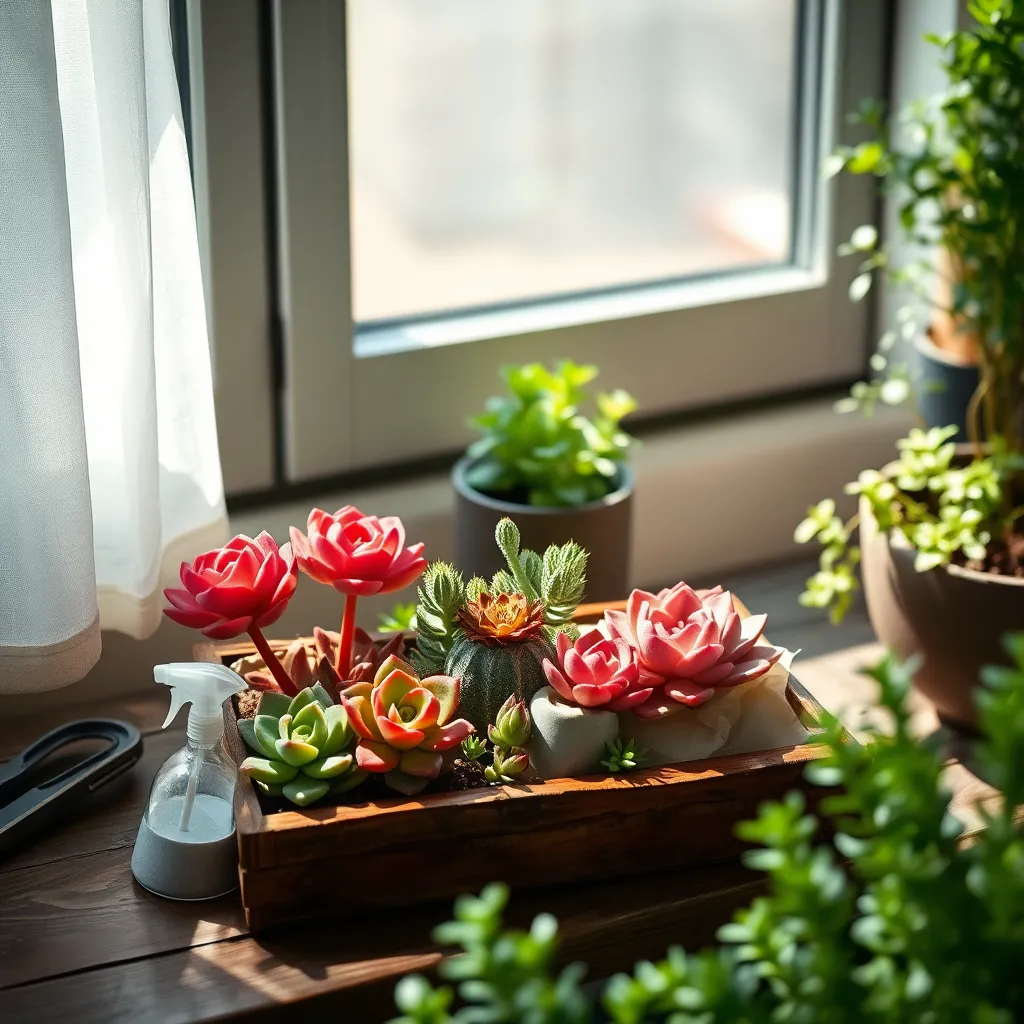
Keeping indoor succulents healthy requires attention to their unique needs, particularly in small apartments with limited sunlight. Place your succulents near a south or east-facing window where they can receive bright, indirect light for at least six hours a day.
Consider supplementing natural light with a grow light, especially during the darker months. LED grow lights are energy-efficient and can help maintain healthy growth by providing the full spectrum of light that succulents require.
Proper soil is crucial for succulents, as it prevents root rot. Use a well-draining cactus mix or create your own by mixing regular potting soil with sand and perlite, which enhances drainage and aeration.
Additionally, ensure that your pots have drainage holes to allow excess water to escape, preventing waterlogged roots. Water your succulents sparingly; a deep watering every two weeks is usually sufficient, allowing the soil to dry out completely between waterings.
For more advanced care, occasionally rotate your succulents to ensure even growth on all sides. This practice helps prevent leaning and encourages a balanced shape, keeping your plants aesthetically pleasing and healthy.
Conclusion: Growing Success with These Plants
In “Succulent Gardening for Small Apartments,” we explored five key relationship concepts: nurturing growth through shared activities, the importance of patience and care, adapting to limited spaces, mutual support in overcoming challenges, and celebrating small victories together. These principles not only apply to gardening but also foster stronger, more resilient relationships.
To start enhancing your relationship today, consider choosing a succulent together and find a cozy spot in your apartment to watch it thrive. This simple act can become a delightful bonding experience, enriching your connection as you nurture something together.
Remember, relationships, much like plants, require consistent attention and love to flourish. Bookmark this article to revisit these valuable insights whenever you need a reminder or inspiration. As you embrace these principles, you’ll be well on your way to cultivating a relationship that is as resilient and beautiful as the succulents you grow together.
Your journey towards relationship success is an evolving adventure, and by incorporating these nurturing practices, you’re setting a strong foundation for a vibrant and enduring connection. Save this article as your guide to growing love and harmony in your shared space.
